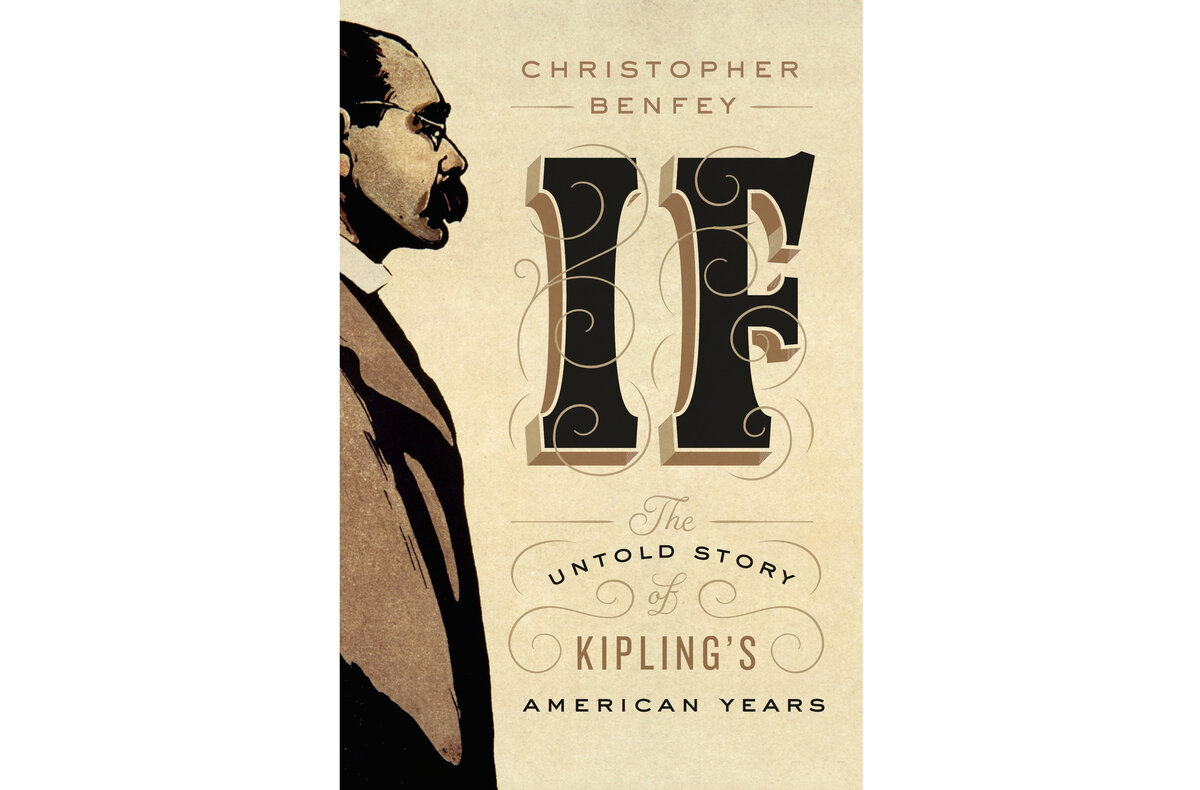This July, sip some lemonade and read the month’s 10 best books
Loading...
1. Hue and Cry by James Alan McPherson
The late author and Pulitzer Prize winner’s stories remain as relevant today as when they were first published in 1969. Here, he writes unflinchingly about race, poverty, and society, and he brings a perspective on the human condition that is as graceful as it is gritty.
2. The Nickel Boys by Colson Whitehead
Two boys sentenced to a reform school in Jim Crow-era Florida reveal a study in contrasts: one is cynical, the other idealistic and inspired by the words of Martin Luther King Jr. As they navigate abuse and corruption, they influence each other in ways that will alter the course of their lives. (Full review here.)
3. Turbulence by David Szalay
This slim novel deals with the transience of contemporary life as it follows a disparate cast of characters traversing the globe. Birth, death, debt, and unrequited love are among the forms of turbulence they face, and these universal human experiences tie the stories together into a satisfying whole.
4. The Unlikely Escape of Uriah Heep by H.G. Parry
A lawyer is saddled with bailing out his younger brother, a professor who brings to life characters from books by famed authors such as Dickens, Wilde, Austen, and Bronte. When a stranger with a similar gift threatens everything, wild adventures ensue in this imaginative and heartfelt novel.
5. The Chelsea Girls by Fiona Davis
The theme of McCarthyism threads through this intricately woven novel, which highlights the politics of 1950s Broadway. It follows two friends, a playwright and an actress, through their professional and personal challenges, with the bohemian Chelsea Hotel playing the role of backdrop. It’s a fascinating and at times heartbreaking look at an era in which lives were upended and careers derailed.
6. Conviction by Denise Mina
A sunken yacht with bodies aboard sets the stage for this edgy but humorous crime novel. Anna, a rich, sardonic Scottish mum with a tragic hidden past, becomes a partner in crime-solving with Fin, a down-on-his-luck ex-rocker, as they catapult across Europe. Denise Mina’s thriller is a madcap yarn, with some rough edges but a generous heart.
7. The Vagabonds by Jeff Guinn
In 1914, automaker Henry Ford and naturalist John Burroughs visited inventor Thomas Edison in Florida. The following year, Ford, Edison, and tiremaker Harvey Firestone began a series of summer road trips. Journalist Jeff Guinn’s account of their adventures is a lively reflection on the emerging lure of the great American road trip. (Full review here.)
8. If by Christopher Benfey
Rudyard Kipling is considered a British literary icon, but between 1889 and 1899, he lived in the United States. His time in America deeply shaped his writing. Kipling’s attitudes toward race and empire have complicated his legacy, but Christopher Benfey points to the continuing relevance of an Englishman who was also a fan of America. (Full review here.)
9. The Ice at the End of the World by Jon Gertner
On Greenland’s dwindling ice sheet, explorers and scientists have battled inhospitable conditions and technological challenges in a quest to understand one of the most mysterious geological regions on earth. Jon Gertner’s gripping stories of their work gives new insight into the dramatic climatic changes taking place on the planet today. (Full review here.)
10. Young Castro by Jonathan M. Hansen
Jonathan M. Hansen crafts a portrait of Fidel Castro before the beard, before the Cuban missile crisis, and long before the fall of the Soviet Union. The book succeeds wonderfully in making young Castro – idealistic and a devourer of books – come alive.







